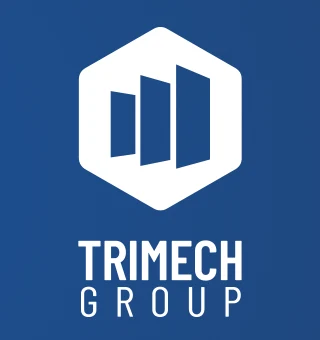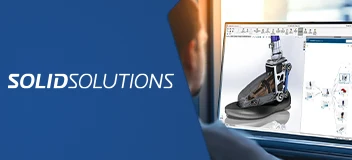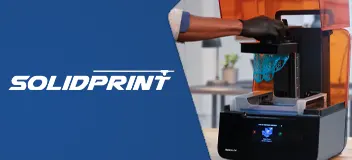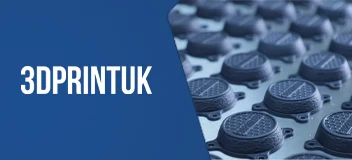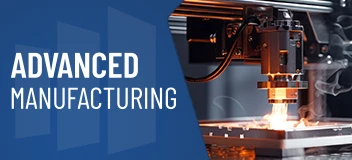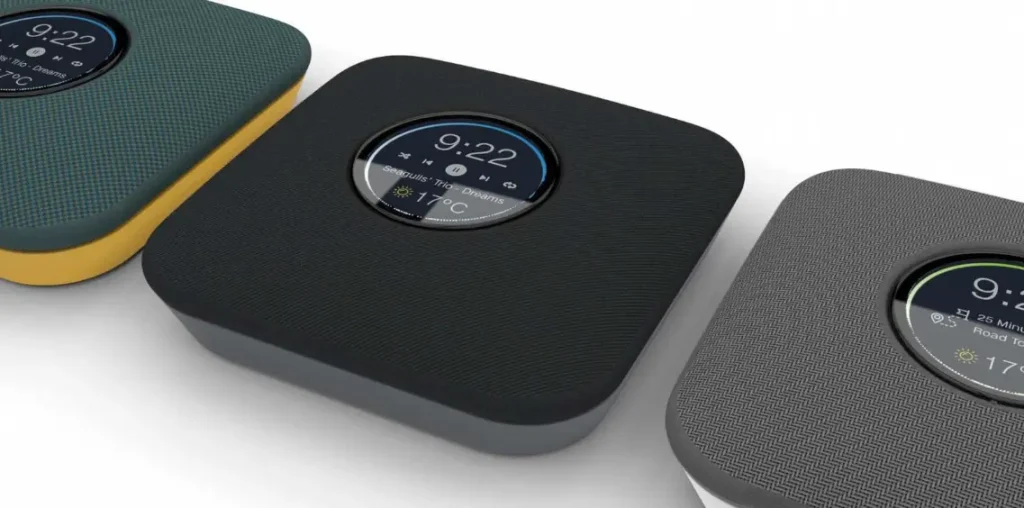Understanding Product Prototypes: Types and Uses
A product prototype is an important step in the product development process. This article explores the various types of product prototypes that play a key role throughout the development process.
Key Takeaways
- A product prototype bridges the gap between concept and production, enabling validation of functionality, design, and feasibility.
- Common types of hardware prototypes: Mock (visual appearance without function), Concept (tests overall look and partial functionality), Feasibility (technical practicality), Horizontal & Vertical (UI-focused vs. functionality-focused).
- Prototypes evolve through Alpha, Beta, and Production stages as fidelity and realism increase.
What is a Product Prototype?
A prototype is a preliminary version or scaled-down sample of an ideated product that allows you to visualize, test, and refine your concept prior to full-scale production. It’s a physical manifestation of your idea, bridging the gap between design and execution.
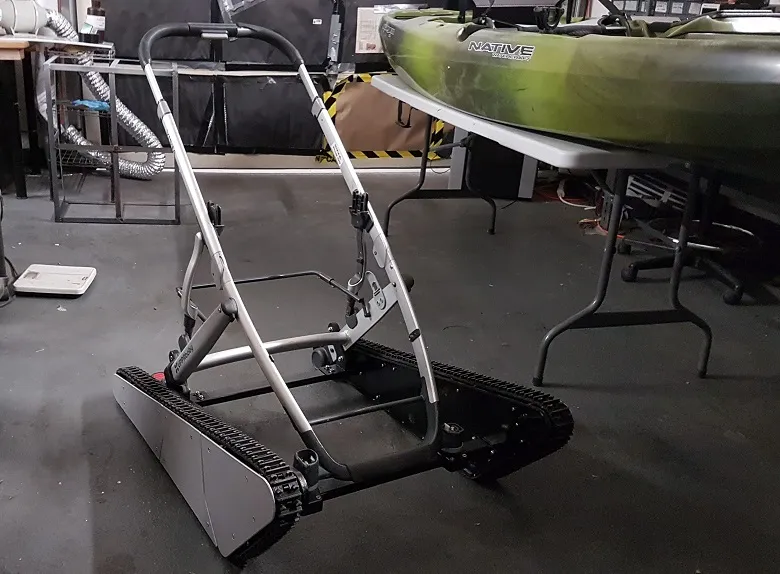
A prototype of a stroller ideated by one of TriMech Design’s clients that is propelled by a chain similar to that of a tank.
Prototypes serve several essential functions in product development:
- Visualization: Prototypes provide a visual representation of your product, helping you better understand the efficacy of its design and its functionality.
- Testing & Validation: They enable you to evaluate product functionality, feasibility and performance, identify flaws, and structure improvement plans. In your mind, it might seem foolproof, but once you actually set out and bring it into the physical world, additional obstacles or considerations may arise that you may not have previously accounted for.
- Communication: Prototypes bolster communication processes with stakeholders, team members, potential clients and potential investors by offering something concrete.
- Cost Reduction: Identifying and rectifying issues in the prototype phase can save substantial costs in the long term.
Prototype vs Final Product
A prototype is an early model of a product used for test concepts, functionality, and design validation before full-scale production. It is often built using more accessible, less expensive, or easily modifiable materials, such as foam, plastic, or 3D printed components, allowing for rapid iteration and experimentation. The building process tends to be more manual or semi-automated, focusing on speed and flexibility rather than durability.
In contrast, the final product is the fully functional, market-ready version of your initial product concept. It is constructed using production-grade materials that meet industry standards for strength, safety, and aesthetics. Its manufacturing process is typically automated, optimized for efficiency, consistency, and scalability. This ensures that your concept evolves into a must-have that can be easily scaled for mass production and successfully resonates with consumers.
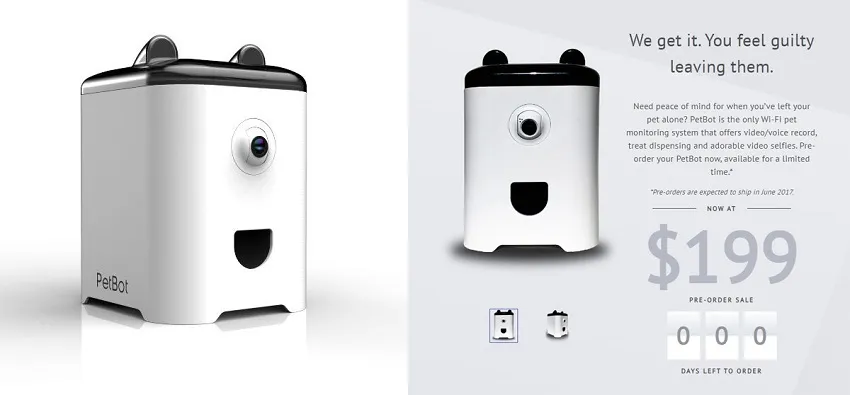
The final rendering for a prototype of PetBot
While prototypes are essential for experimentation and iteration, the final product represents the culmination of the development process, ready for consumer use or commercial release.
Why are Prototypes Important for Product Development?
Prototypes play a vital role in the product development process by allowing teams to prove out core functionality, uncover opportunities for refinement, and gain a clearer understanding of how a product can be manufactured efficiently.
- Prove functionality: The most fundamental reason for prototyping your idea is to simply prove that your idea works. Viability in product invention is extremely important and always necessary because you need to show not only that your idea works but that it works well.

GoFish Cam Underwater
- Offer insights for refinement: It also gives detailed insight into how the initial product design needs to either be refined or redeveloped as a whole, which is something you want to understand early on in the product development process. Prototyping will help you understand the user experience better and expose any flaws or required modifications you need to make before you reach the next step of your product design.
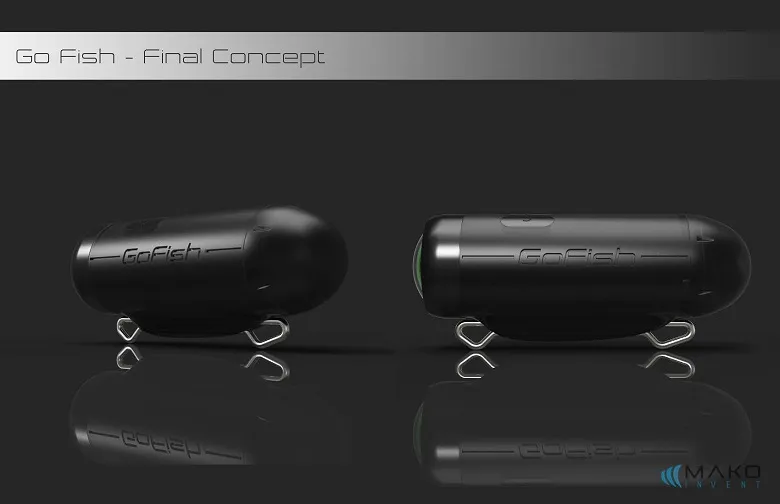
The final concept design for the GoFish Cam, an invention idea that TriMech Design helped realize through multiple stages of prototyping.
- Understand how to manufacture: Prototyping is essential for understanding how the product will be produced and manufactured. It is impossible to manufacture a product that has a design flaw or improper functionality. A prototype is needed to secure any sort of manufacturing contract or partnership.

The GoFish Cam was launched in 2022 and has successfully captured the attention of a number of consumers in the sports realm.
An example of why prototypes are key to design engineering is the Personal Drink ID, a device that supports women’s safety by helping detect whether or not a drink has been maliciously tampered with. This shows the importance of prototyping, as it allows them to ensure the product performs the way it’s designed to.
Skipping the prototyping phase to save time or reduce costs can lead to significant problems later on, including costly redesigns, production delays, or performance issues after the product launch.
Types of Product Prototypes
Throughout the product development process, it’s common for multiple prototypes to undergo several iterations, rather than continually refining a single prototype, in order to arrive at the ideal final model. To the non-designer or engineer, the hardest part about understanding invention prototypes is learning all the different kinds of prototypes and what they are all specifically used for.
Therefore, as the inventor, it is likely that you’ll encounter not just one prototype that is being constantly redeveloped, but several prototypes with different purposes going through iterations to create the perfect model for your product idea. The different types of prototypes are as follows:
Wireframe Prototype
Typically, once the product idea is laid out on the table for all parties to understand, the first step of every inventor’s product design journey entails the industrial designer or engineer drawing out a couple of rough sketches. These sketches are based on what both the designer and the inventor believe is the best way to design the product for its desired function.
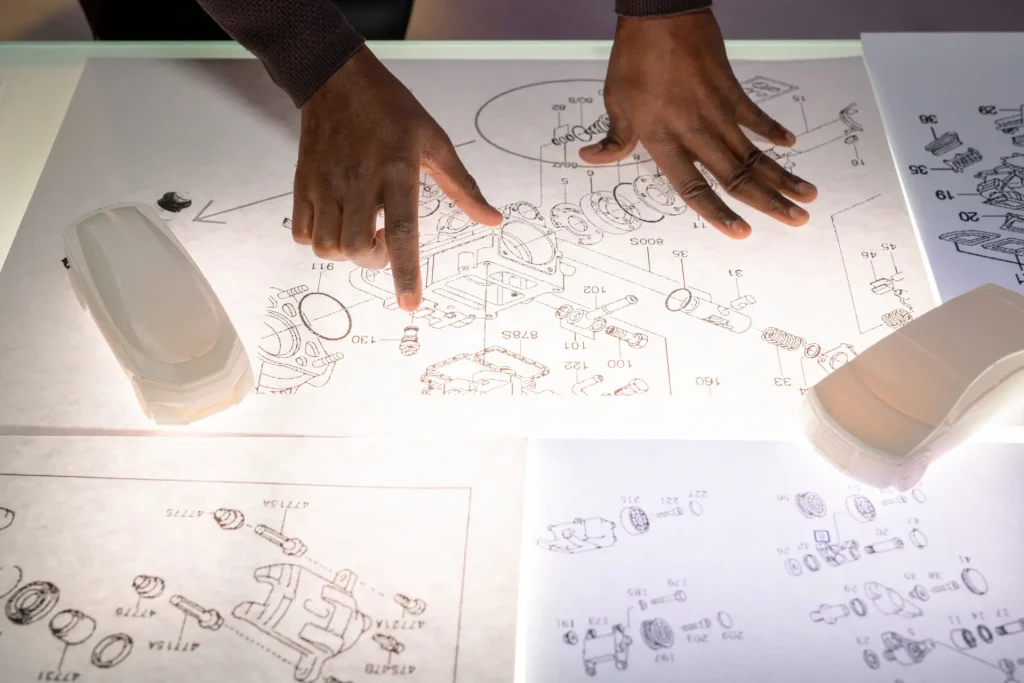
Prototype design drawing
This initial sketch is known as a wireframe and primarily serves as a simple illustration or basic schematics that include the barebones design of the idea, the layout, and the sequence of the product. It serves as the first step in visualizing your product idea and considering where it needs to change or be improved to accommodate everything that should be included within the design.
Mock Prototype
A mock prototype, although not as exciting as the actual concept prototype, is simply a prototype demonstrating how the eventual product is going to look. Mock prototypes are primarily intended to give the inventor or client a clear idea of the overall appearance and direction of the envisioned design.
For this reason, mock prototypes almost always have no actual functionality. They simply serve as a more refined vision for the design of the product. A key benefit of this type of prototype is that it allows both the client and designer to understand which parts go where and how the product will be held or felt in the hands of the consumer.
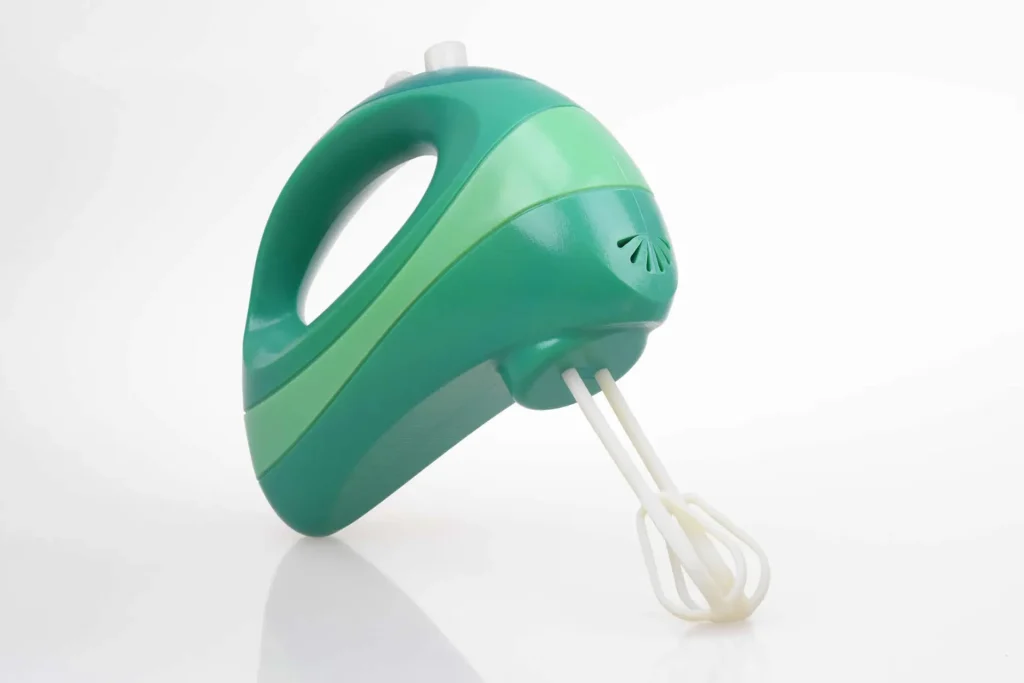
Mixer prototype
Concept Prototype
A concept prototype is a high-level application prototype that illustrates the product vision through its functionality, design, structure, and operational characteristics. Its primary purpose is to help you envision the look and feel of your product in the early stages of your product development process. You’ll most likely encounter this type of prototype in the early stages of the development of the product, and it therefore won’t always represent the full functionality of the item.

Concept prototypes
It’s typically the most commonly used prototype. It allows the designer and inventor to assess the functionality of the product. Not only is the design of the product taken into consideration, but the inventor gets to see how their idea works when tested out.
It is also the most crucial part of the prototype process as it affords not only an apt demonstration of how the product will work but also insight into the viability of the product. It provides the opportunity for multiple rounds of testing so the inventor and designer can see where the product can be improved to optimize the user experience if it has any faults, and if it effectively works.

CAD Prototype
This type of prototype can be developed through design software, on paper, or through a combination of both. Typically, a professional design firm like TriMech Design will create the concept design as a 3D CAD.
Feasibility Prototype
A feasibility prototype is used to evaluate whether the proposed solution is practical, ensuring that all components function together as intended. It helps confirm that the product functions as intended and addresses the targeted problems. At this stage, a prototype design firm typically involves mechanical engineers to ensure moving parts function properly.
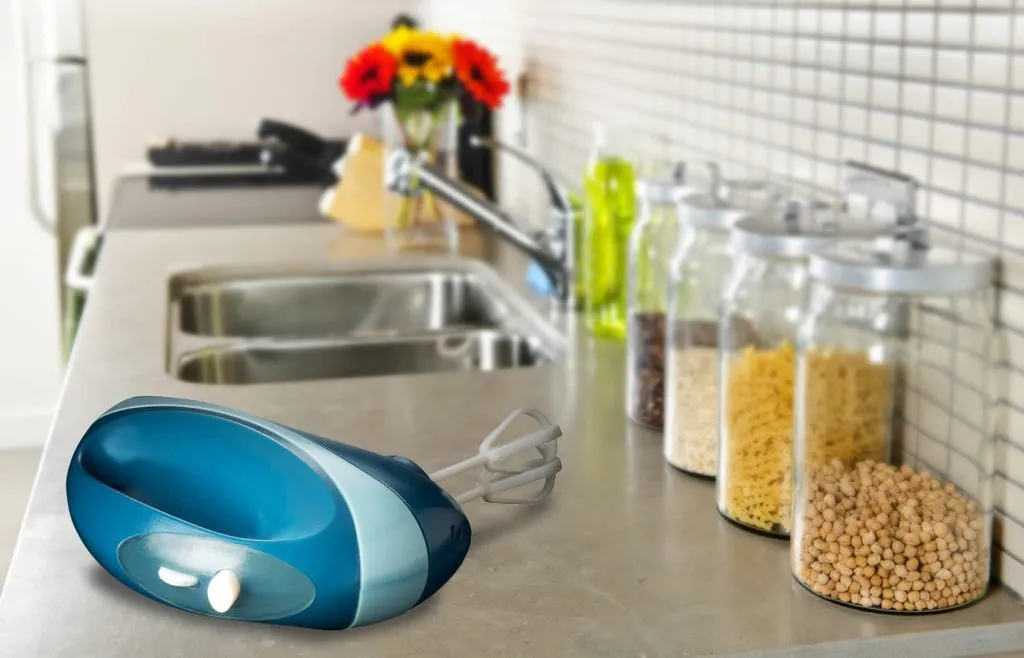
Physical testing of prototype
It is used to quickly recognize and fix any technical risks attached to the development of the product. This is especially important to the designer or engineer as they must recognize which parts need to be tweaked or rebuilt.
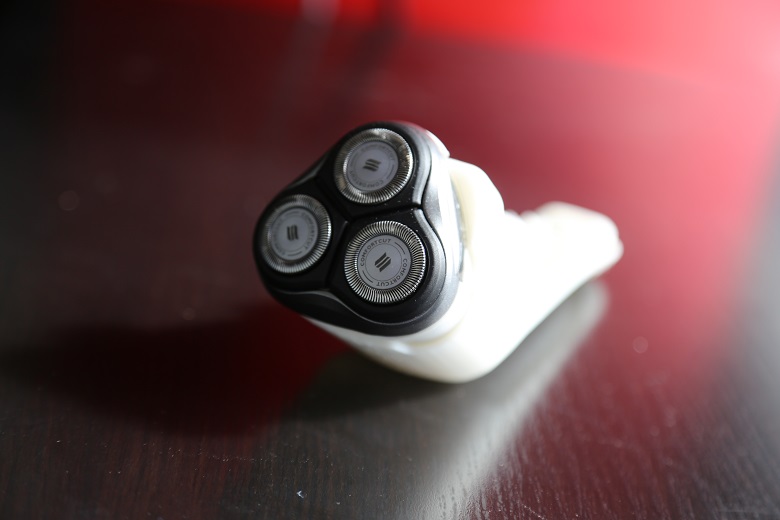
A prototype for a beard grooming tool
The feasibility prototype is perfect for testing the performance of the product as well as its compatibility with the components it is slated to be built with.
Horizontal Prototype
This type of prototype design is essentially the outer shell of your system. Typically a horizontal prototype doesn’t include the processing of your product but allows you to see the user interface. For example, you’d see a system’s menu, but it wouldn’t be functional, or it may include dummy screens. This type of prototype design is usually developed in the early stages but can be expanded on in the later stages by the prototype design firm to evolve into the final product.
The goal of the horizontal prototype is to demonstrate what the outer layer of the human interface will look like. This is a good prototype to have because it allows the inventor and designer to view and clarify the scope and requirements of the product. They allow for a full understanding of the range of abilities for the product and are useful for presenting ideas to investors, going over the product’s direct requirements, and assessing the need for a redesign.
Vertical Prototype
As the name implies, the vertical prototype, in contrast to the horizontal prototype, is used in the later steps of analysis and design. Vertical prototypes focus on the more technical aspects of the product. It is a stripped-down version of your product that possesses core functionalities
The designer or engineer can investigate where the product can improve or needs improvements in specific features or functions. Vertical prototypes are also handy for looking at aspects such as data, sub-systems, and the functioning of key features.
This type of prototype design helps demonstrate a “working” system, but it won’t be fully functional or fine-tuned. It’s great for evaluating complex designs and proving that even though the design looks complicated, its technical aspects still function appropriately.
Functional Storyboard
This type of prototype is more of a design method that helps the inventor or designer model the user interface and the application flow. A storyboard would contain frames that represent different aspects of your product like frames within an application you intend to build. Using this type of prototype helps the user see a map of how the business and system will function.
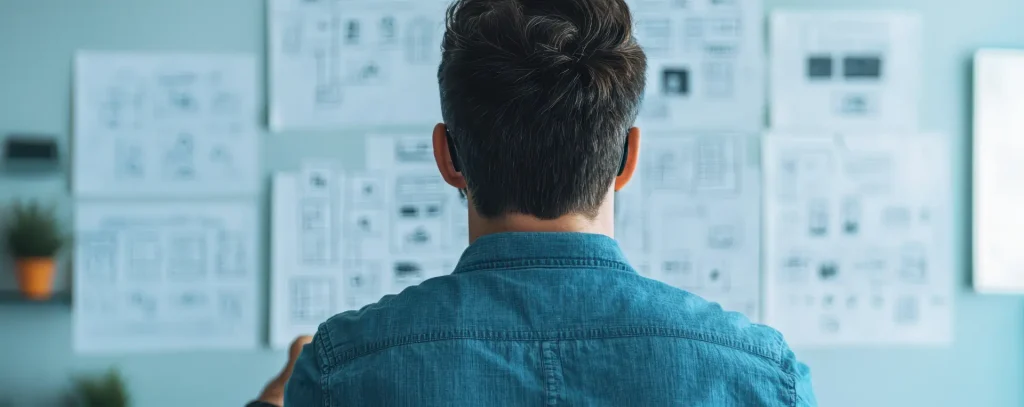
Industrial design storyboard
For example, for wearable tech products that connect to your phone, you may want to map out the UI of the connected app. Check out this wearable tech product TriMech Design team designed for our client Harp Gahunia called the Kharaband.
Based on the purpose in the product development process, prototypes can also be categorized into the following three common types:
Alpha
The alpha prototype is the initial version of your product, typically created in-house after the product validation stage. It focuses on testing the core functionalities and identifying design or engineering challenges. The alpha prototype is often not aesthetically driven but it does help verify the product’s fundamental features.
Beta
The beta prototype is a more refined version of the alpha prototype. It incorporates improvements and design changes based on the findings from the alpha stage. Beta prototypes may be tested by a select group of users to gather valuable feedback.
Production
The production prototype is the closest representation of the final product. It is built using the same materials, processes, and technology intended for mass production. This type of prototype is all about ensuring the product can be efficiently and consistently produced on a large scale.
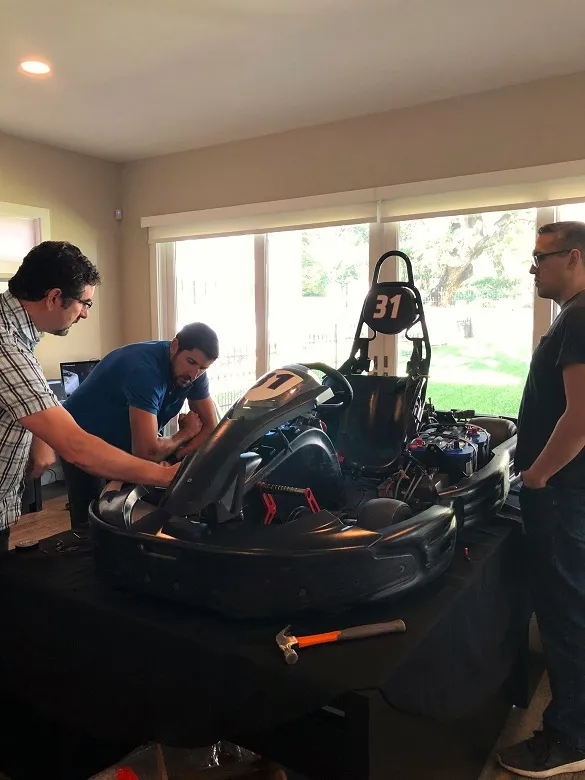
A working prototype for a miniature racecar
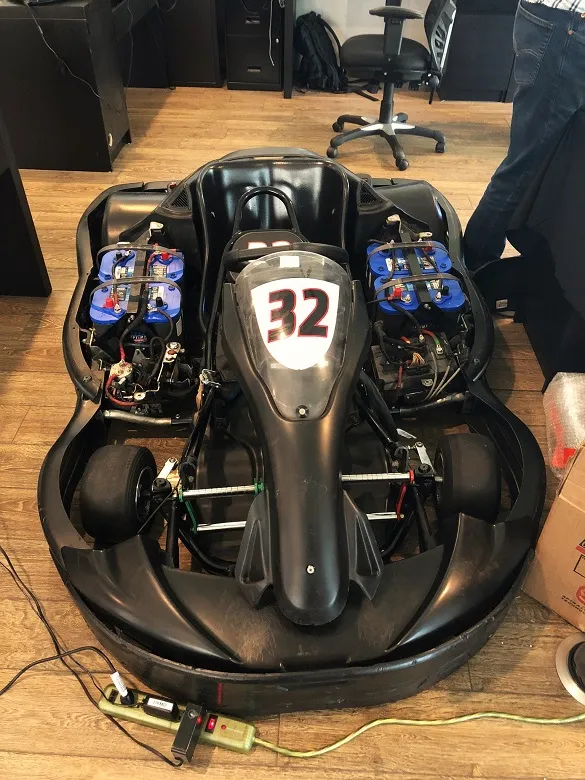
Testing the electrical components of a miniature racecar prototype
FAQ
What makes something a prototype?
A prototype is an early model or representation of a product or concept. It serves to test and evaluate design, functionality, and concepts. A key feature of a prototype is its capacity to evolve and improve based on feedback and testing. It may or may not be fully functional, depending on its purpose.
Should a prototype be perfect?
The degree to which a prototype approaches perfection depends on its intended purpose and the stage of the development process. For instance, a prototype in the early concept stage may not be as polished if its primary function is to explore different design options or reveal flaws that need to be addressed.
As you progress through the product development stages, the performance level expected from a prototype increases. When presenting to investors or stakeholders, a prototype should ideally reflect a high degree of functionality and aesthetic consideration. In these situations, it’s essential to demonstrate that your concept works effectively and is capable of garnering interest from your target demographic.
The goal is to balance the required level of functionality with the resources and time you have available, whether that be rapid prototyping or a longer period from conception to market. Creating a highly polished and fully functional prototype can be costly and time-consuming. Therefore, it is best to align the prototype’s level of perfection with your project’s objectives.
Is a prototype a working model?
Yes, a prototype can be a working model, but not all prototypes need to be fully functional. The level of functionality in a prototype depends on its purpose and the stage of development. Some prototypes may exist solely for testing form and appearance, while others must demonstrate complete functionality.
When does a prototype have to work?
The need for a functional prototype varies in different stages of product development. Here are some situations that require a working prototype:
- Functional prototypes are vital when pitching to investors, as they demonstrate a concept’s viability and boost credibility.
- For user-centric products, a working prototype is essential for user testing to ensure your product meets their needs.
- Industries with strict regulations, like healthcare and aerospace, require functional prototypes for regulatory approvals.
- Assessing innovative manufacturing methods relies on working prototypes due to limited testing.
- Market testing benefits from functional prototypes as it allows for an advanced understanding of user acceptance.
In earlier stages, such as concept exploration, functionality is less critical. Thus, focusing on refining the design and identifying flaws is prioritized.
How much does it cost to make a prototype?
The cost of creating a prototype varies based on factors such as product complexity, materials, technology, detail level, and professional expertise. Generally, the cost will span from a few hundred to a couple thousand dollars. Simple prototypes are naturally less expensive, while advanced ones with complex features or electronic components incur higher costs.
Prototyping is an investment. It offers insight, allows for the collection of feedback, and provides the opportunity to attract investors. Collaborating with a prototype designer or company will help you determine accurate costs based on your project’s unique needs.
Conclusion
Prototypes play a vital role in product development by helping you visualize, test, and refine your ideas, ultimately leading to the creation of an exceptional market-ready product. Whether or not a prototype needs to work depends on its intended purpose and the stage of development you are at. The level of perfection required should align with your project’s goals, resources, and timeline.
If you have questions about creating you product prototype, contact our experts at TriMech Design.
Product Design Experts related to this content:
Marc Sinclair, Project Manager
Marc Sinclair is a Project Manager working out of the Toronto and Oakville, ON office. He has over a decade of experience working with OEMS and SMEs with a focus on manufacturing in product development.
